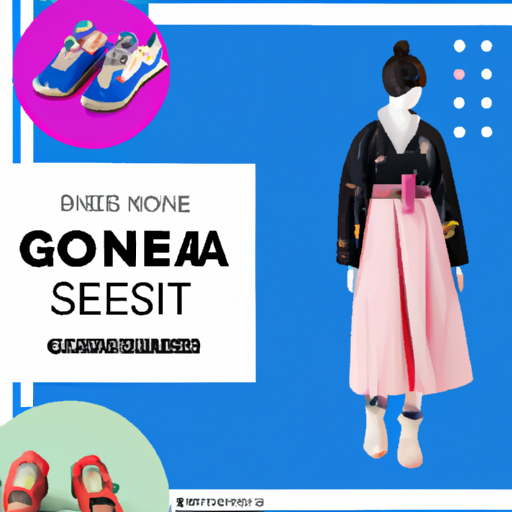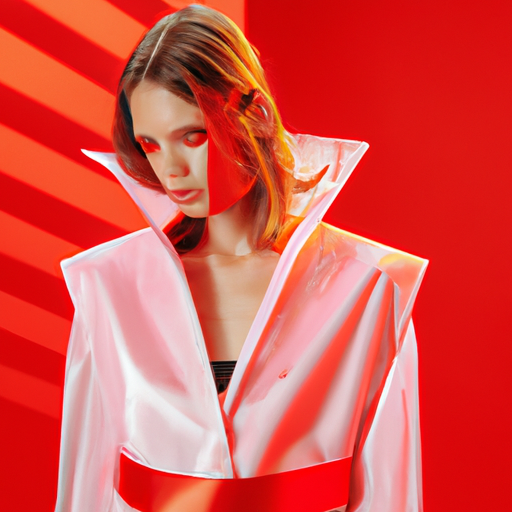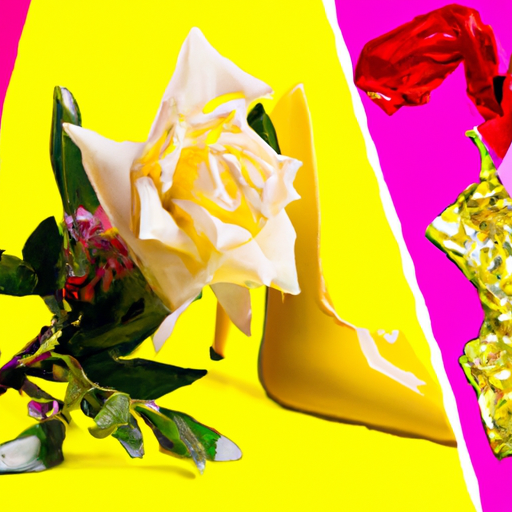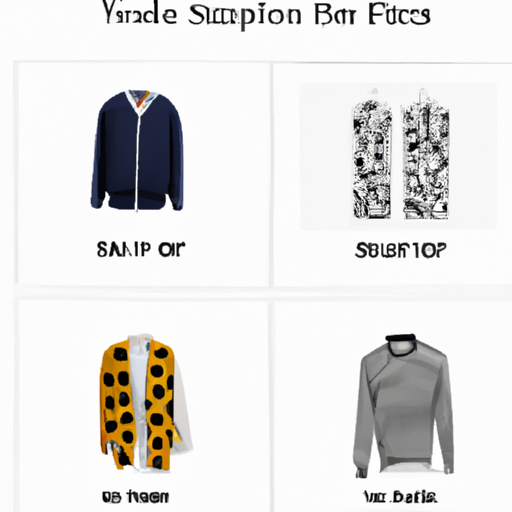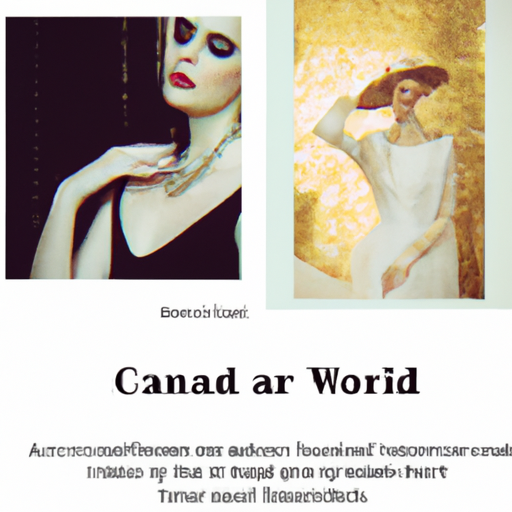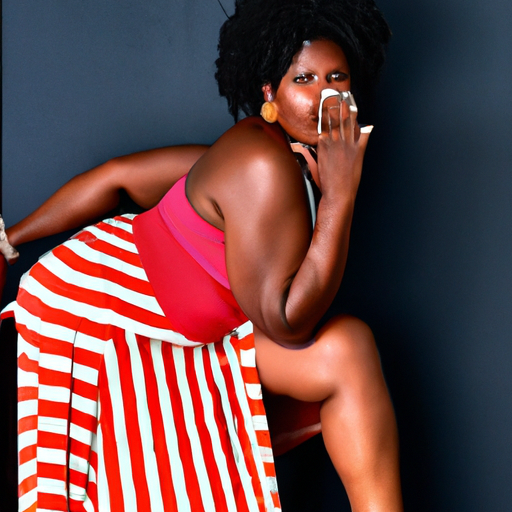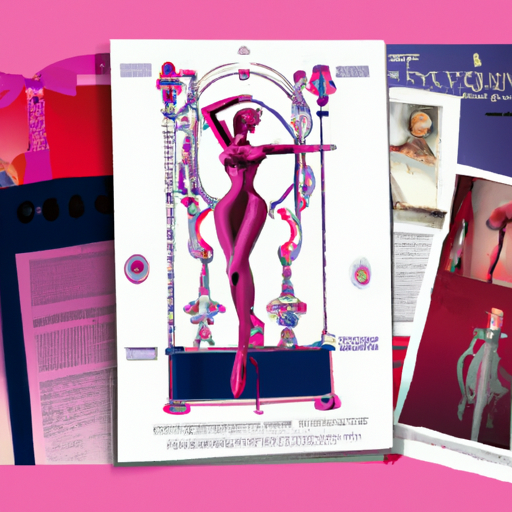South Korean Fashion Trends
Traditional Korean Fashionhe latest fashion trends in South Korea? Well, look no further! This article will give you an overview of the hottest fashion styles currently dominating the South Korean fashion scene. From K-pop idol fashion to streetwear, we will explore the unique and ever-evolving fashion trends that are making waves in South Korea. So, get ready to be inspired and discover the fashion trends that are putting South Korea on the global fashion map!
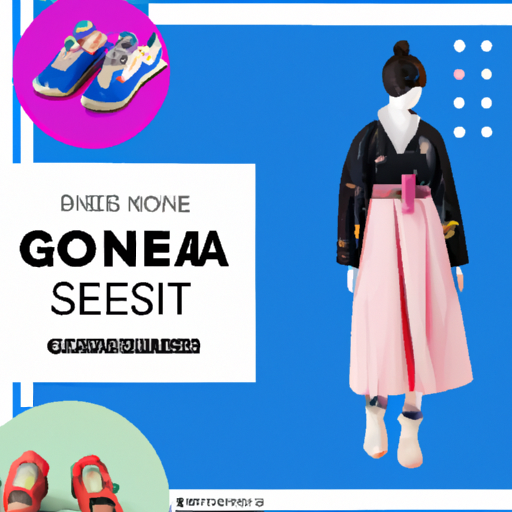
Table of Contents
Traditional Korean Fashion
Hanbok
One of the most iconic and recognizable traditional Korean garments is the hanbok. The hanbok is a beautiful and elegant dress that is typically worn on special occasions and traditional festivals. It consists of two main parts: the jeogori, which is a short jacket, and the baji, which are the pants.
Jeogori and Baji
The jeogori is a short jacket that is worn on the upper body. It has long, wide sleeves and is typically made from silk. The baji, on the other hand, are loose-fitting pants that are usually made from cotton. Together, they create a harmonious and balanced silhouette that is both comfortable and stylish.
Chima and Jeogori
Another variation of the traditional hanbok is the chima and jeogori. The chima is a skirt-like garment that is worn on the lower body. It is typically made from silk and features vibrant and colorful patterns. The jeogori, similar to the one mentioned earlier, is worn on top and completes the outfit.
Gat
When it comes to traditional Korean accessories, the gat is a must-have. The gat is a type of hat that is made from horsehair and bamboo. It has a cylindrical shape and is often adorned with a black silk ribbon. The gat is not only a fashion statement but also a symbol of social status and class in Korean culture.
Norigae
To complete a traditional Korean outfit, norigae is often added as a finishing touch. Norigae is a decorative accessory that is hung from the jeogori’s ribbon or waistband. Made from colorful silk threads, beads, and gemstones, norigae adds a touch of elegance and sophistication to any hanbok attire.
Korean Street Fashion
K-Fashion
Korean street fashion, also known as K-Fashion, has gained immense popularity worldwide. It is characterized by its unique blend of trendy and youthful styles. K-Fashion is all about mixing and matching different pieces to create a bold and eye-catching look. Whether it’s oversized sweaters, denim jackets, or funky accessories, K-Fashion is known for its creativity and individuality.
Ulzzang Style
Ulzzang style refers to the fashion trends inspired by Korean Ulzzang culture, which translates to “best face” in Korean. Ulzzang style is all about achieving a youthful and fresh look. It often involves minimal makeup, natural hair, and casual clothing. Comfortable yet stylish, ulzzang style has become a fashion staple for many young Koreans.
Korean Hip-hop Fashion
Korean hip-hop fashion is heavily influenced by the hip-hop culture and music. It is characterized by oversized clothing, baggy pants, and bold accessories. Korean hip-hop fashion is all about making a statement and expressing one’s individuality. With its vibrant colors and edgy style, it has become a prominent trend in Korean street fashion.
Preppy Style
Preppy style in Korean fashion is inspired by the classic and refined fashion of the Ivy League. It often includes tailored blazers, collared shirts, pleated skirts, and loafers. Preppy style is all about looking polished and put-together. It exudes elegance and sophistication, making it a popular choice for both casual and formal occasions.
Influence of K-Pop
Idol Fashion
K-Pop idols are not only known for their music but also for their impeccable fashion sense. Idol fashion plays a significant role in setting trends and influencing the fashion industry. K-Pop idols are often seen wearing bold and experimental outfits, combining different styles and incorporating unique accessories. From glamorous stage outfits to trendy streetwear, idol fashion is the epitome of individuality and self-expression.
Concept Styling
Concept styling is a crucial aspect of K-Pop fashion. Each K-Pop group or artist often has a specific concept for their music videos, performances, and album promotions. The concept styling includes carefully chosen outfits, hairstyles, and makeup that align with the overall theme or story. It is a creative and artistic process that showcases the group’s identity and helps create a memorable visual experience for fans.
Airport Fashion
Airport fashion, also known as “Incheon fashion,” has become a phenomenon in Korean culture. It refers to the outfits worn by K-Pop idols and celebrities when traveling to and from airports. Airport fashion is often casual and comfortable, yet effortlessly stylish. It has become a source of inspiration for many fashion enthusiasts, as it captures the perfect balance between comfort and fashion-forwardness.
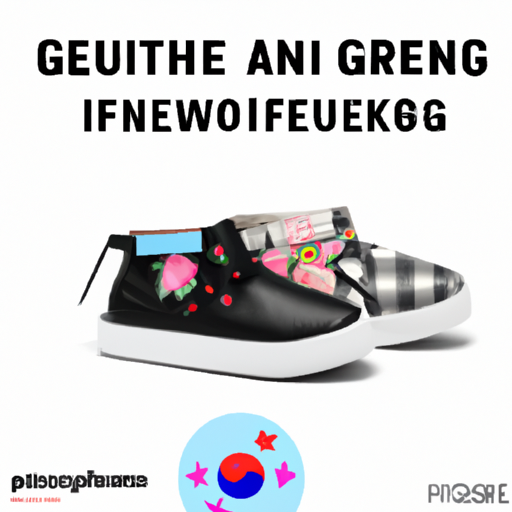
Korean Fashion Brands
Chanel in Seoul
Luxury fashion brands have recognized the influence of Korean fashion and culture, leading to collaborations and special events. Chanel, a renowned fashion house, hosted their 2015/16 Cruise Collection show in Seoul, acknowledging the city’s significance in the fashion world. The event showcased the fusion of Korean traditional elements with Chanel’s signature style, creating a stunning and memorable collection.
67Percent
67Percent is a Korean fashion brand that focuses on sustainability and minimalism. They believe in creating timeless and versatile pieces that can be worn for years to come. Their clothing is made from eco-friendly materials and follows ethical production practices. With a commitment to reducing waste and promoting conscious consumerism, 67Percent has become a leader in the sustainable fashion movement.
PushBUTTON
PushBUTTON is a South Korean fashion brand known for its quirky and playful designs. Their collections often feature unconventional silhouettes, bold colors, and unexpected details. PushBUTTON aims to challenge traditional fashion norms and create garments that make a statement. With their innovative approach to design, they have gained recognition both locally and internationally.
Blindness
Blindness is a Korean fashion brand that specializes in avant-garde designs. Their collections combine elements of streetwear, punk, and high fashion, resulting in unique and edgy pieces. Blindness is known for their bold use of colors, unconventional patterns, and exaggerated proportions. Their fearless approach to fashion challenges traditional aesthetics and pushes boundaries.
Low Classic
Low Classic is a Korean fashion brand that embodies simplicity and timelessness. Their designs focus on clean lines, minimalism, and attention to detail. Low Classic offers a range of modern and versatile pieces that can be effortlessly styled for various occasions. With their commitment to quality craftsmanship and classic designs, Low Classic has become a go-to brand for those seeking elegant and understated fashion.
Korean Makeup and Skincare
Glass Skin Trend
Korean beauty is renowned for its emphasis on clear and radiant skin. The glass skin trend, in particular, has gained significant popularity in recent years. Glass skin refers to a flawless complexion that appears smooth, dewy, and almost translucent. Achieving glass skin involves following a rigorous skincare routine that includes double cleansing, exfoliating, toning, moisturizing, and using hydrating sheet masks.
Gradient Lips
The gradient lip trend, also known as “popsicle lips,” is another popular Korean beauty trend. It involves applying a vibrant color to the center of the lips and gradually fading it towards the edges, creating a natural and youthful look. Gradient lips give the illusion of plump and hydrated lips, making them a favorite among K-Beauty enthusiasts.
10-Step Korean Skincare Routine
The 10-step Korean skincare routine has become a global phenomenon, known for its comprehensive approach to skincare. This multi-step routine involves cleansing, exfoliating, toning, using essences, serums, sheet masks, eye cream, moisturizers, and sunscreen. The goal of the 10-step skincare routine is to improve skin health and achieve a radiant and youthful complexion.
Hanbok in Modern Fashion
Modern Hanbok
As Korean traditional fashion continues to evolve, the modern hanbok has emerged as a contemporary take on the traditional attire. Modern hanbok incorporates elements of the classic hanbok while incorporating modern designs and materials. It aims to make traditional fashion more accessible and wearable for everyday life. Modern hanbok can be seen in various settings, from weddings and formal events to casual outings and street style.
Hanbok-Inspired Fashion Trends
The beauty and elegance of the hanbok have inspired numerous fashion trends in modern Korean fashion. Designers and fashion enthusiasts often incorporate hanbok-inspired elements into their creations, such as the use of intricate embroidery, vibrant colors, and flowing silhouettes. Whether it’s a hanbok-inspired dress or a modern interpretation of the traditional jeogori, hanbok-inspired fashion pays homage to Korean culture and its rich sartorial history.
Rise of Sustainable Fashion
Slow Fashion
In recent years, there has been a growing movement towards slow fashion in Korea. Slow fashion promotes ethical and sustainable practices, focusing on quality over quantity. It encourages consumers to invest in timeless and durable pieces that are made to last. Slow fashion also emphasizes fair labor practices and conscious consumption, aiming to reduce the environmental impact of the fashion industry.
Vintage and Thrift Shopping
Vintage and thrift shopping have become popular alternatives to fast fashion in Korea. Many fashion enthusiasts and eco-conscious individuals embrace the concept of “preloved” clothing, seeking unique and one-of-a-kind pieces. Shopping at vintage and thrift stores not only promotes sustainability but also allows individuals to express their creativity through fashion.
Eco-friendly Brands
Korea has seen the rise of several eco-friendly fashion brands that prioritize sustainability and environmental responsibility. These brands focus on using organic and recycled materials, reducing waste, and promoting fair trade practices. By supporting eco-friendly brands, individuals can contribute to a greener future and be fashionably conscious at the same time.
Accessory Trends
Statement Earrings
Statement earrings have become a staple in Korean fashion, adding a touch of glamour and personality to any outfit. From oversized hoops to intricate designs, statement earrings are a must-have accessory. They can instantly elevate a casual look or complement an elegant ensemble. Korean fashion enthusiasts love experimenting with bold and eye-catching earrings to make a fashion statement.
Bucket Hats
Bucket hats have made a resurgence in Korean fashion, becoming a trendy accessory for both men and women. These hats provide both style and functionality, protecting from the sun while adding a cool and casual vibe to any outfit. Bucket hats come in a variety of colors and patterns, making them versatile and easy to incorporate into different fashion styles.
Mini Bags
Mini bags have become a popular accessory in Korean fashion, offering a practical yet fashionable way to carry essentials. These small bags come in various styles, from crossbody to hand-held, and can be adorned with unique patterns and embellishments. Mini bags are perfect for adding a pop of color and a touch of sophistication to any outfit.
Revival of Traditional Patterns
Hanbok-inspired Patterns
Traditional Korean patterns that can be found on hanboks have become a source of inspiration for modern fashion designers. These patterns often feature intricate embroidery, vibrant colors, and nature-inspired motifs. By incorporating hanbok-inspired patterns into contemporary designs, fashion enthusiasts pay homage to their cultural heritage while adding a touch of tradition to their outfits.
Gyobok Patterns
Gyobok patterns are traditional Korean patterns that were historically used in court garments. These patterns often feature auspicious symbols and motifs, such as phoenixes, dragons, clouds, and flowers. Designers have revived these patterns by incorporating them into modern clothing, giving a nod to Korea’s rich history and cultural significance.
Taegeuk Pattern
The taegeuk pattern holds deep meaning in Korean culture, representing the balance of yin and yang. This pattern features a swirling design with interlocking shapes, symbolizing the harmony between opposing forces. The taegeuk pattern has found its way into modern fashion, appearing on clothing, accessories, and even home decor items. By incorporating the taegeuk pattern, fashion enthusiasts can embrace traditional Korean symbolism and showcase their cultural pride.
Gender-Neutral Fashion
Unisex Clothing
Gender-neutral fashion has gained significant traction in the Korean fashion industry, challenging traditional gender norms and embracing individuality. Unisex clothing blurs the line between masculine and feminine aesthetics, offering versatile and inclusive options for all genders. Korean fashion brands have been at the forefront of this movement, with collections that cater to diverse styles and preferences.
Blurring Gender Boundaries
Korean fashion has become a platform for blurring gender boundaries and embracing fluidity. Fashion designers and influencers are challenging societal norms by experimenting with unconventional silhouettes, fabrics, and designs. The focus is on personal expression rather than conforming to societal expectations. By blurring gender boundaries, the Korean fashion industry encourages self-acceptance and celebrates individuality.
From the traditional elegance of the hanbok to the edgy trends of K-Pop fashion, South Korean fashion continues to captivate and inspire. Whether it’s the influence of K-Pop idols, the rise of sustainable fashion, or the revival of traditional patterns, Korean fashion reflects a vibrant and ever-evolving cultural landscape. By embracing both tradition and modernity, South Korean fashion continues to push boundaries and leave a lasting impact on the global fashion industry.
